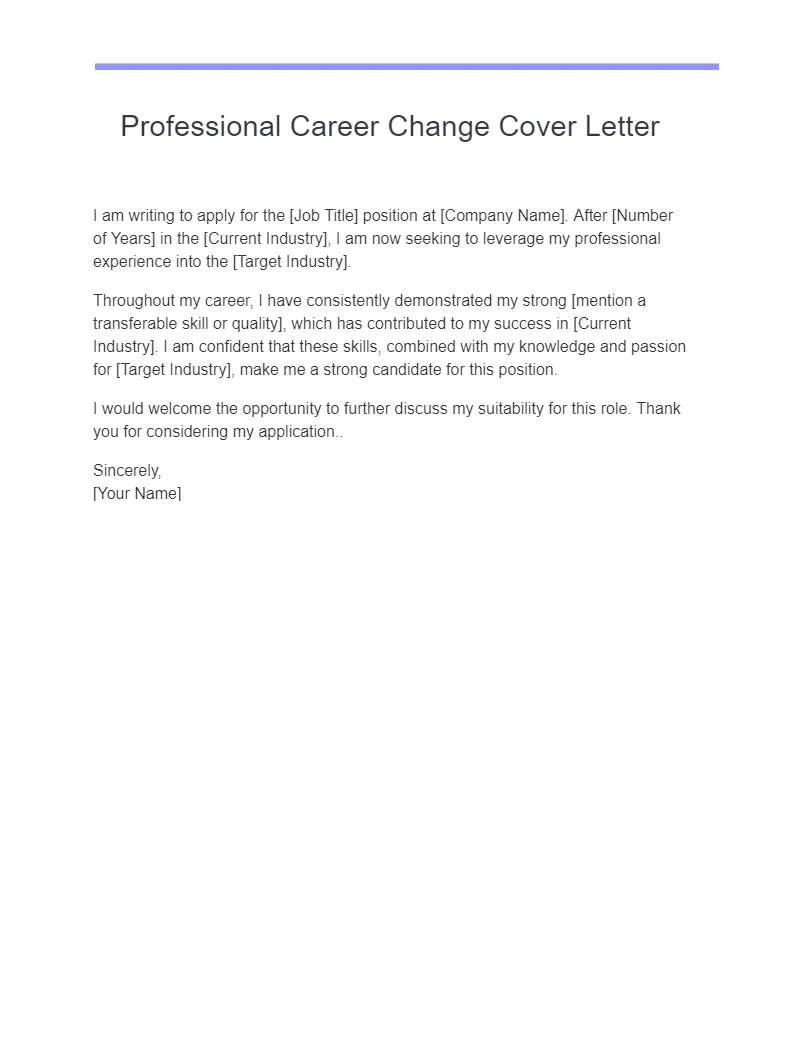Understanding the Importance of Cover Letters
In the competitive job market, a well-crafted cover letter can be your secret weapon, especially when you’re navigating a career change. It’s more than just a formality; it’s your opportunity to introduce yourself, showcase your personality, and connect the dots between your past experiences and your desired future. When you’re switching careers, your cover letter becomes even more critical. It’s your chance to explain your motivations, highlight transferable skills, and convince the hiring manager that you’re a strong candidate despite not having direct experience in the new field. A compelling cover letter can significantly increase your chances of landing an interview.
Why Cover Letters Are Crucial in Career Changes
A career change presents a unique set of challenges. You’re often competing against candidates with more direct experience. This is where a cover letter excels. It allows you to provide context to your resume, explain your career transition, and address any potential concerns the hiring manager might have. It provides a space to show your enthusiasm for the new role, demonstrate your understanding of the industry, and illustrate how your existing skills can be valuable. Without a strong cover letter, your resume might not receive the attention it deserves, and your application could be overlooked. It’s your first impression, your personal pitch, and your chance to make a lasting impact.
Highlighting Transferable Skills
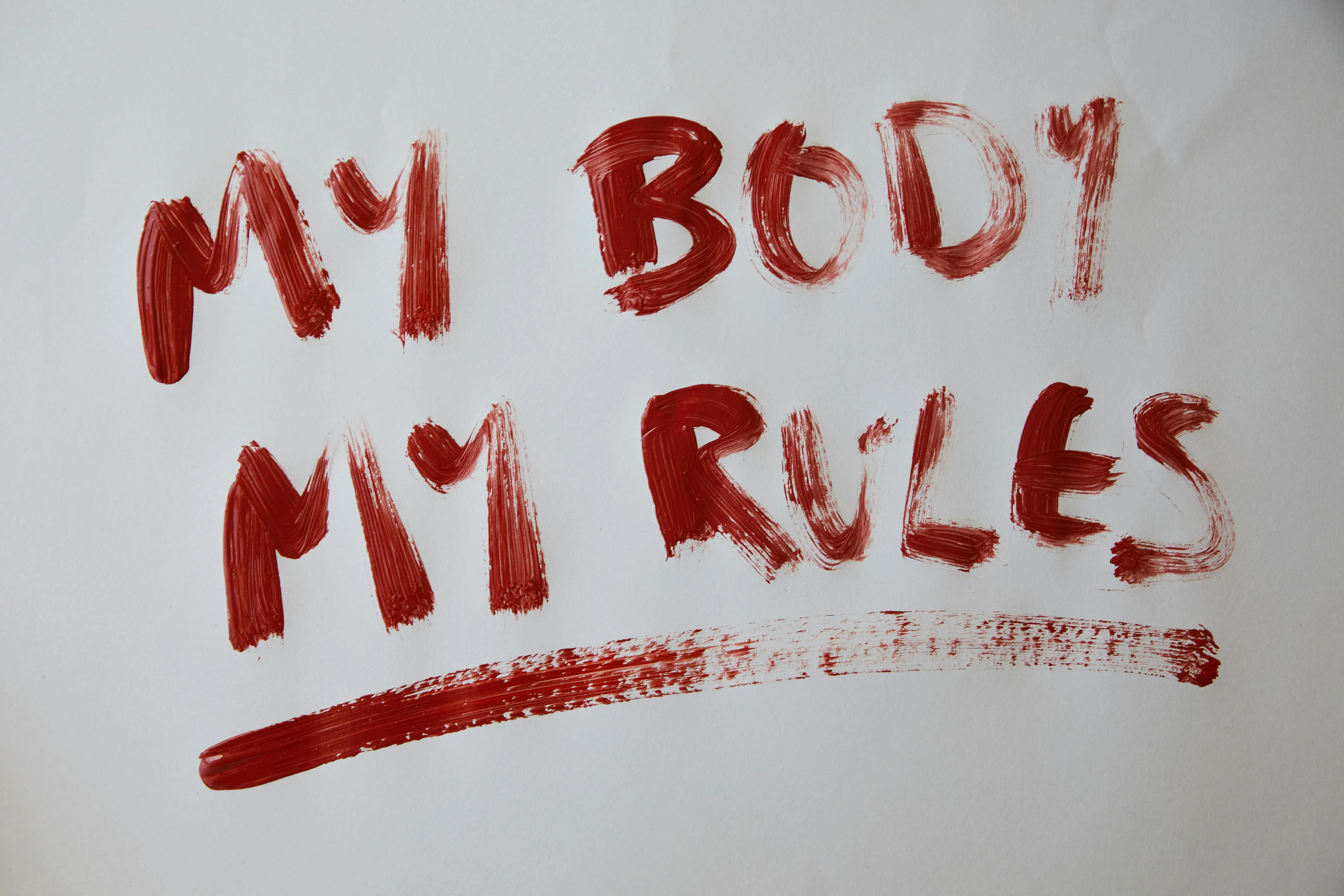
When changing careers, focusing on transferable skills is paramount. These are the skills you’ve gained in your previous roles that are applicable to your desired field. Examples include communication, problem-solving, leadership, project management, and analytical skills. The key is to identify which of your existing skills align with the requirements of the new role. For instance, a project manager transitioning into marketing can emphasize their organizational, communication, and strategic planning skills. Showcasing these skills in your cover letter helps bridge the gap between your past and future career aspirations, demonstrating your adaptability and value to the new employer. Focus on how you can provide benefits to the company.
Identifying Your Transferable Skills
To identify your transferable skills, begin by analyzing the job description of your desired role. What skills and qualities are employers looking for? Then, reflect on your past experiences and identify instances where you demonstrated those skills. Think about your daily tasks, projects, and accomplishments. What skills did you use? Make a list of these skills and match them with the requirements of the new job. For instance, if the job requires strong communication skills, highlight instances where you effectively presented information, negotiated deals, or resolved conflicts. By clearly identifying and articulating your transferable skills, you can convince the hiring manager that you possess the necessary capabilities to succeed in the new role.
Showcasing Accomplishments (Not Just Duties)
Listing your job duties isn’t enough; you need to showcase your accomplishments. This is where you demonstrate the impact you made in your previous roles. Instead of saying ‘Managed social media accounts,’ say ‘Increased social media engagement by 40% in six months by implementing a new content strategy.’ This shows the hiring manager what you achieved, not just what you did. When changing careers, quantifying your achievements can be especially persuasive, as it provides concrete evidence of your abilities and potential. Always use the STAR method: Situation, Task, Action, Result. Describe the situation, the task you faced, the actions you took, and the results you achieved. This will give the employer a clear picture of your capabilities.
Quantifying Your Achievements
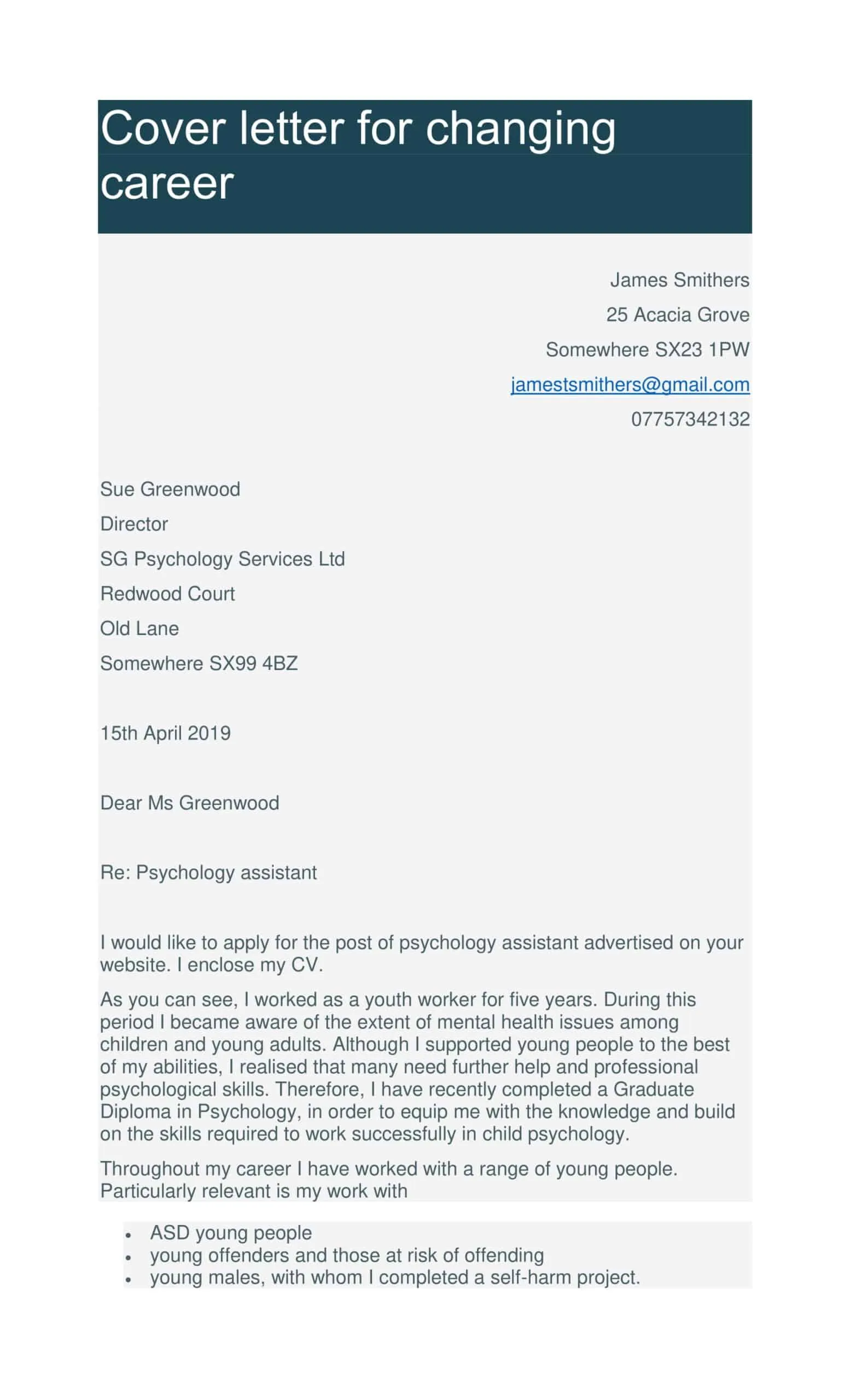
Quantifying your achievements means using numbers and data to illustrate your impact. This is particularly important in a cover letter for a career change, as it adds credibility to your claims. Instead of saying ‘Improved customer satisfaction,’ say ‘Increased customer satisfaction scores by 25% by implementing a new customer service protocol.’ Numbers speak volumes and help the hiring manager quickly understand the value you bring. Whenever possible, include specific metrics, percentages, and dollar amounts to demonstrate your successes. Use phrases like ‘achieved,’ ‘increased,’ ‘reduced,’ ‘improved,’ and ‘generated’ to highlight your accomplishments. This will make your cover letter more impactful and memorable.
Tailoring Your Cover Letter to Each Job
Generic cover letters rarely impress hiring managers. Each cover letter should be tailored to the specific job and company you’re applying to. This shows that you’ve taken the time to understand the role and the organization’s needs. Start by carefully reviewing the job description and identifying the key requirements and qualifications. Then, customize your cover letter to address those requirements, highlighting the relevant skills and experiences. Demonstrate your knowledge of the company by mentioning specific projects, initiatives, or values that resonate with you. Tailoring your cover letter demonstrates your genuine interest and increases your chances of getting noticed. It shows that you’re not just sending out a mass application but are seriously interested in the opportunity.
Researching the Company and Role
Before writing your cover letter, research the company and the role you’re applying for. Visit the company website, read their mission statement, and learn about their products, services, and values. Explore their social media presence and see how they engage with their audience. Look for recent news articles, press releases, or industry reports that provide insights into the company’s current projects and goals. When you understand the company’s culture and objectives, you can tailor your cover letter to show how your skills and experiences align with their needs. This also shows that you are genuinely interested in the company, not just any job.
Key Components of a Career Change Cover Letter
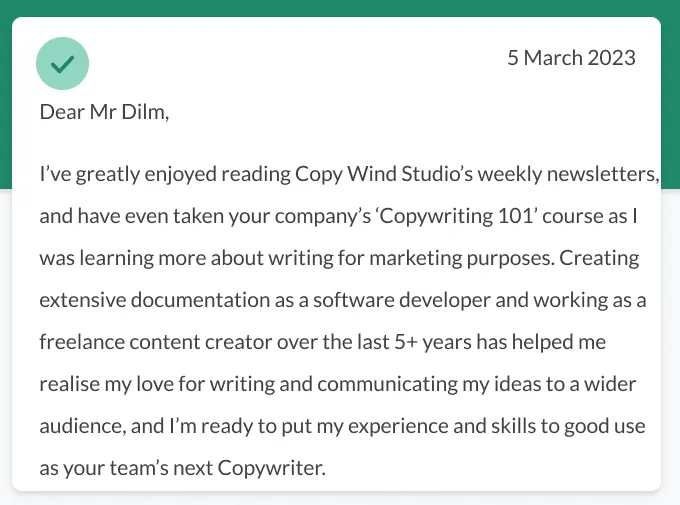
A well-structured cover letter is essential for making a strong impression. It should follow a clear and logical format. The primary components of your cover letter are the header and contact information, the salutation, the opening paragraph, the body paragraphs, and the closing paragraph. Each section plays a crucial role in communicating your value and suitability for the new role. Ensure that your cover letter is concise, well-organized, and easy to read. Aim for a professional tone and avoid any unnecessary jargon. The goal is to capture the hiring manager’s attention and highlight your most relevant skills and experiences effectively.
The Header and Contact Information
Start your cover letter with a professional header that includes your name, contact information (phone number, email address, and LinkedIn profile URL). Also, include the date and the hiring manager’s name and title (if available) and the company’s address. Make sure your contact information is up-to-date and accurate. Use a professional email address; avoid using nicknames or unprofessional email addresses. The header sets the tone for your cover letter and provides the essential information the hiring manager needs to contact you. Ensure the formatting is clean and easy to read, reflecting your attention to detail and professionalism. Keep the format consistent with your resume to maintain a cohesive brand.
The Salutation and Addressing the Hiring Manager
Address the hiring manager by name whenever possible. Research the hiring manager’s name and title to personalize your cover letter. If you can’t find the hiring manager’s name, use a professional greeting like ‘Dear Hiring Manager’ or ‘Dear [Department Name] Team.’ Avoid generic greetings like ‘To Whom It May Concern.’ Addressing the hiring manager by name demonstrates that you’ve taken the time to research and tailor your application. It shows respect and attention to detail. Ensure you spell the name correctly, and if you’re unsure of the pronunciation, it’s best to err on the side of formality.
Crafting a Compelling Opening Paragraph
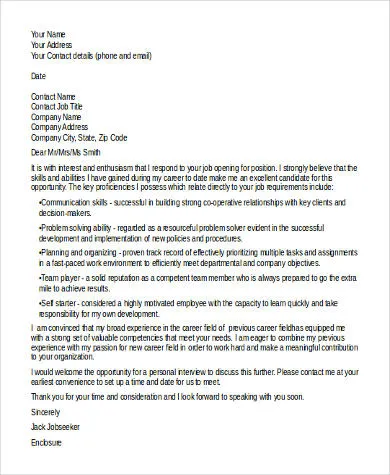
Your opening paragraph is your first chance to grab the hiring manager’s attention. It should be concise, engaging, and clearly state the position you’re applying for. Briefly mention where you found the job posting and express your enthusiasm for the opportunity. If you were referred by someone, mention their name. State your career change intention right at the beginning. The goal is to immediately capture the reader’s interest and motivate them to read the rest of your cover letter. Start with a strong statement that highlights your passion for the new field and your understanding of the company’s needs. Show a hint of personality and enthusiasm without being overly informal.
Stating Your Career Change Intention
Directly state your career change intention in your opening paragraph. Be clear and honest about your desire to transition into a new field. For example, you can say, ‘I am writing to express my strong interest in the [Job Title] position, and I am eager to leverage my [relevant skill] and transition my career into [new field].’ This immediately tells the hiring manager what you’re looking for and why you’re applying. Avoid being vague or beating around the bush. Be confident and focus on the positive aspects of your career change. Briefly explain why you’re making this transition. This helps establish context and shows the hiring manager that you have carefully considered your career move and are serious about this new role.
Explaining Your ‘Why’ for the Switch
Briefly explain why you’re changing careers. This is a crucial part of your cover letter, as it addresses the question of why you’re leaving your current field. Be honest and positive in your explanation. Focus on your passion for the new field, the skills you want to use, and the opportunities you see. Avoid being negative about your previous role or employer. Instead, frame your career change as a proactive move towards a more fulfilling and aligned career path. You can say something like, ‘My passion for [new field] has led me to seek a role where I can apply my skills in a more impactful way.’ or ‘I am excited to utilize my proven [skills] within the [new industry] environment.’
Showcasing Your Relevant Experience
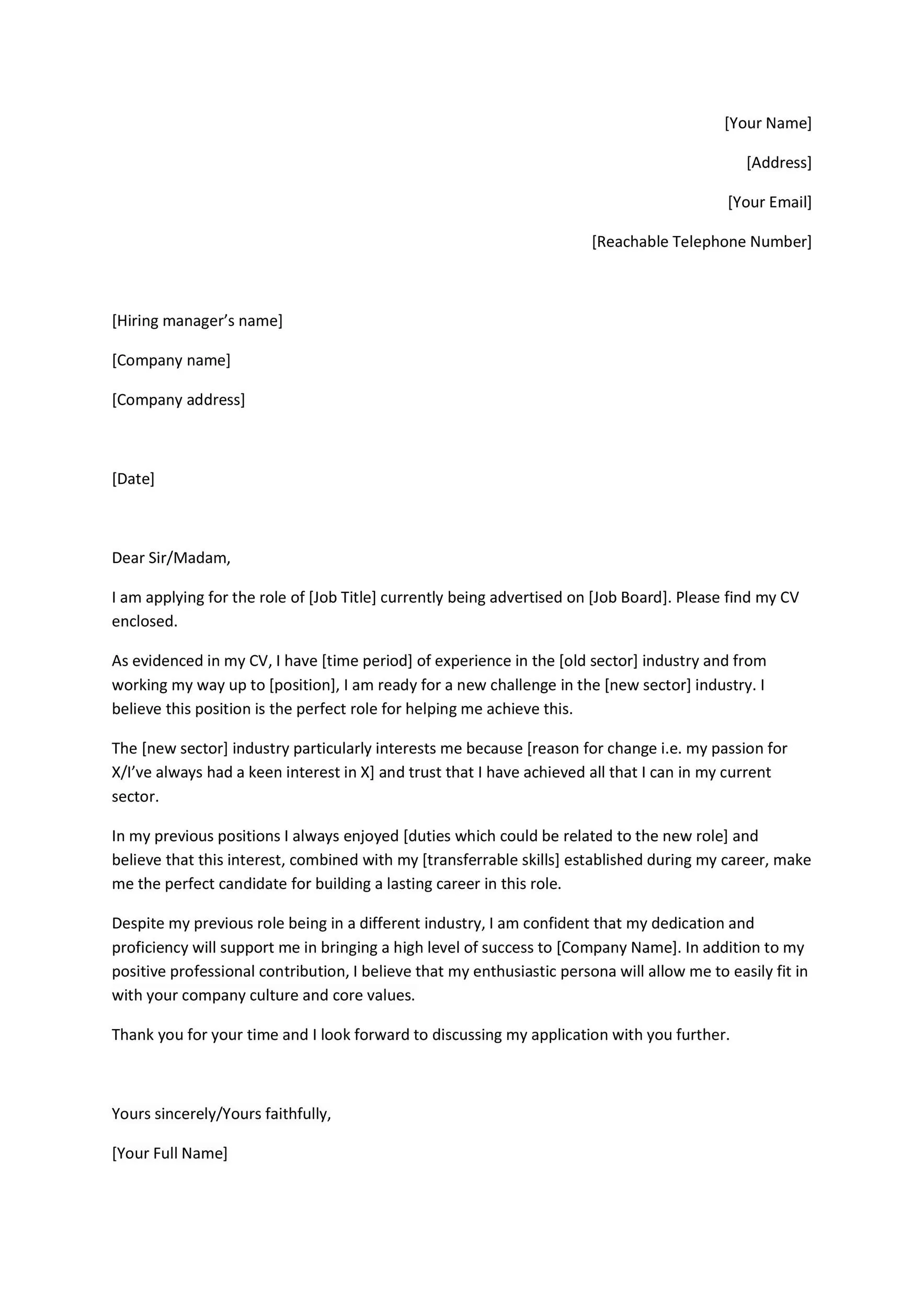
In the body of your cover letter, showcase your relevant experience. Even though you’re changing careers, you likely have transferable skills and experiences that are valuable to the new role. Focus on the skills and experiences that align with the job description. Describe your achievements and responsibilities in a way that demonstrates your capabilities. Provide concrete examples that highlight your skills. This could involve projects, tasks, or results from your previous roles. The more specific you are, the more credible your claims will be. If possible, include data or numbers to quantify your accomplishments. Remember to tailor your experiences to match the new job’s requirements.
Emphasizing Your Transferable Skills
Dedicate a section of your cover letter to emphasize your transferable skills. Identify the skills most relevant to the new role and provide examples of how you’ve used them in the past. For example, if the job requires strong communication skills, provide specific examples of successful communication in your previous roles, such as presentations, negotiations, or team collaborations. Highlight situations where you have solved a problem, led a project, or achieved a specific goal. Clearly demonstrate how your existing skills translate to the new role. This will help the hiring manager understand your potential for success in the new field. It’s also a great way to show adaptability and a willingness to learn.
Providing Examples of Accomplishments
Provide concrete examples of your accomplishments to support your claims. Use the STAR method (Situation, Task, Action, Result) to structure your examples. Describe the situation you were in, the task you were assigned, the action you took, and the result you achieved. For example, instead of saying ‘Improved customer service,’ you could say, ‘In my role as a customer service representative, I identified a key issue which, through my actions, improved customer satisfaction by 20%.’ This helps hiring managers understand the impact you’ve made. Ensure each example is relevant to the new role and highlights skills and experiences that are directly applicable. Make sure you are concise.
Addressing Any Career Gaps or Unrelated Experience
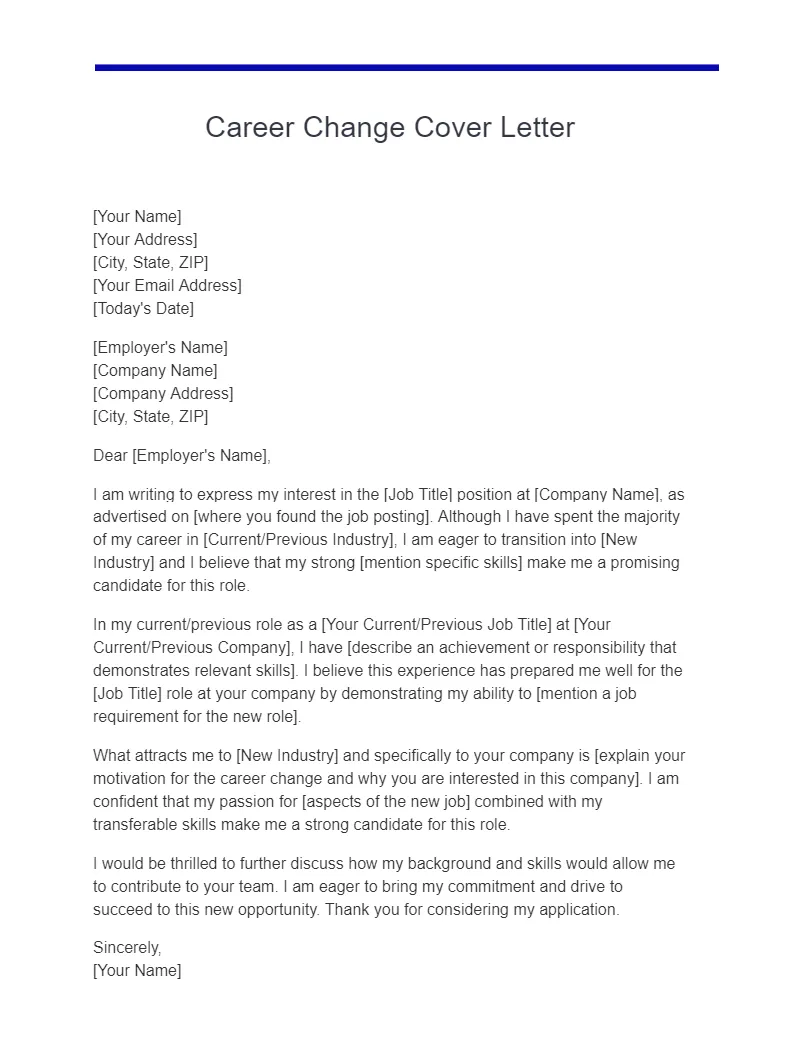
If you have any career gaps or experience unrelated to the new field, address them in your cover letter. Be honest and provide a brief explanation. Frame any gaps positively, highlighting what you did during that time (e.g., volunteering, education, or personal development). If you have experience that is seemingly unrelated, explain how the skills or experiences are transferable. For example, if you’re switching from the military to a corporate role, you can highlight your leadership, discipline, and teamwork skills. Focus on how your experiences have shaped you. Addressing these issues head-on shows your proactivity and transparency.
Closing with a Call to Action
End your cover letter with a strong call to action. Express your enthusiasm for the opportunity and state your desire for an interview. Thank the hiring manager for their time and consideration. Reiterate your interest in the role and restate how your skills and experience align with the company’s needs. Include a clear statement, such as ‘I am eager to discuss how my skills and experience can benefit your team. I look forward to hearing from you soon.’ Conclude with a professional closing, such as ‘Sincerely’ or ‘Respectfully.’ This leaves a lasting positive impression.
Proofreading and Editing Your Cover Letter
Proofreading and editing your cover letter is crucial. Errors in grammar, spelling, or punctuation can make you appear unprofessional and can undermine your application. Before submitting your cover letter, thoroughly proofread it for any mistakes. Use a spell checker and grammar checker, but don’t rely on them entirely. Have a friend, family member, or career counselor review your cover letter. Get a second pair of eyes to identify any errors you might have missed. Check for clarity, conciseness, and consistency. Ensure that your cover letter is easy to read and that your message is clear and well-organized. A polished cover letter reflects your attention to detail and professionalism.
Ensuring Clarity and Conciseness
Clarity and conciseness are essential in a cover letter. Use simple, straightforward language, and avoid overly complex sentences or jargon. Make every word count. Aim for a cover letter that is easy to read and understand. The hiring manager should quickly grasp your key qualifications and your enthusiasm for the job. Keep your paragraphs short and to the point, with a clear focus. Avoid using lengthy sentences that can confuse the reader. Ensure that your main points are clear and well-articulated. Use bullet points to highlight key skills or accomplishments. The goal is to present your information in an organized and accessible manner.
Formatting and Design Best Practices
Pay attention to formatting and design to make your cover letter visually appealing. Use a professional font, such as Times New Roman, Arial, or Calibri. Ensure the font size is easy to read (typically 11 or 12 points). Use standard margins (1 inch on all sides) and single-spacing. Keep your paragraphs left-aligned and avoid full justification. Use bolding, italics, and underlining sparingly to highlight important points. Use headers, bullet points, and white space to break up the text and make your cover letter more readable. Ensure your cover letter has a clean and professional look that reflects your attention to detail and professionalism.
Cover Letter Examples for Different Industries
Different industries require different approaches in cover letters. Tailor your cover letter to the specific industry and role you’re targeting. Research industry-specific keywords and language to demonstrate your knowledge and understanding. Highlight skills and experiences that are most relevant to the industry. For instance, a tech industry cover letter might emphasize coding skills and project management experience, while a healthcare cover letter might focus on patient care and communication skills. Adjust the tone and style to match the industry’s culture. This helps you show the hiring manager that you understand the industry and are a good fit.
Tech Industry Career Change Cover Letter Sample
Let’s look at a sample cover letter for a tech industry career change. This example is for a project manager transitioning into a software developer role. In this cover letter, the individual emphasizes their project management experience and focuses on their technical skills. The candidate also included their understanding of software development, and their desire to learn. The cover letter also highlights their enthusiasm for technology and their interest in the company’s products. Always tailor the examples to the specific role and company.
Healthcare Career Change Cover Letter Sample
Another example could be in the healthcare industry. This example would focus on someone transitioning into a nursing role from a completely different field, such as finance. The cover letter would emphasize transferable skills, such as attention to detail, problem-solving skills, and organizational skills. The candidate would also include their passion for helping people, their willingness to learn, and any related volunteer work. They would tailor the cover letter to specific healthcare roles and the company’s values.
Education Career Change Cover Letter Sample
Let’s consider a cover letter for an education career change. This is an example of someone transitioning into a teaching role. The cover letter would emphasize communication, organization, and leadership skills. The candidate would include their experience working with children or adults, their passion for education, and their willingness to learn. The cover letter would be tailored to specific teaching roles and the school’s mission and values. Emphasize your teaching abilities and their understanding of teaching methods. Highlight your educational background and any relevant certifications or training.
Tips for Optimizing Your Cover Letter
To optimize your cover letter, follow these additional tips. Use a professional email address and a clear subject line. Customize your cover letter for each job and company, highlighting the relevant skills and experiences. Proofread your cover letter carefully for any errors in grammar, spelling, or punctuation. Use action verbs to describe your accomplishments and contributions. Keep your cover letter concise and easy to read. Include a call to action that encourages the hiring manager to contact you. Tailor your cover letter with your experience and skills to the job. Following these tips will help you create a cover letter that will make you stand out and will maximize your chances of securing an interview.
Using Action Verbs
Use strong action verbs to describe your accomplishments. Action verbs make your cover letter more dynamic and engaging. Avoid passive language and instead use verbs that highlight your achievements. Use verbs that show what you did, such as ‘managed,’ ’led,’ ‘achieved,’ ‘implemented,’ ‘developed,’ and ‘increased.’ These verbs help you showcase your skills and make your cover letter more persuasive. Review your cover letter to ensure you’re using action verbs effectively. This will help the hiring manager better understand the impact you had in past roles. It helps make your cover letter compelling.
Avoiding Common Mistakes
Avoid common mistakes that can harm your cover letter. Don’t use generic cover letters. Don’t include irrelevant information or repeat your resume verbatim. Avoid using clichés or jargon. Don’t focus too much on what you want. Avoid negativity about your previous employers or roles. Avoid making spelling or grammatical errors. Proofread carefully. Pay attention to the tone and style of your cover letter. Avoid lengthy paragraphs or sentences. Keeping your cover letter concise, clear, and tailored to the job, will make you stand out from the crowd.
Seeking Feedback and Review
Get feedback and review your cover letter from trusted sources. Have a friend, family member, or career counselor review your cover letter. Ask them for honest feedback on clarity, conciseness, and overall effectiveness. Consider your cover letter from the hiring manager’s perspective. Is it clear, easy to read, and persuasive? Make necessary revisions based on the feedback you receive. Ask for help if needed. A fresh set of eyes can help identify areas for improvement. A well-reviewed cover letter significantly increases your chances of making a positive impression and getting an interview.
